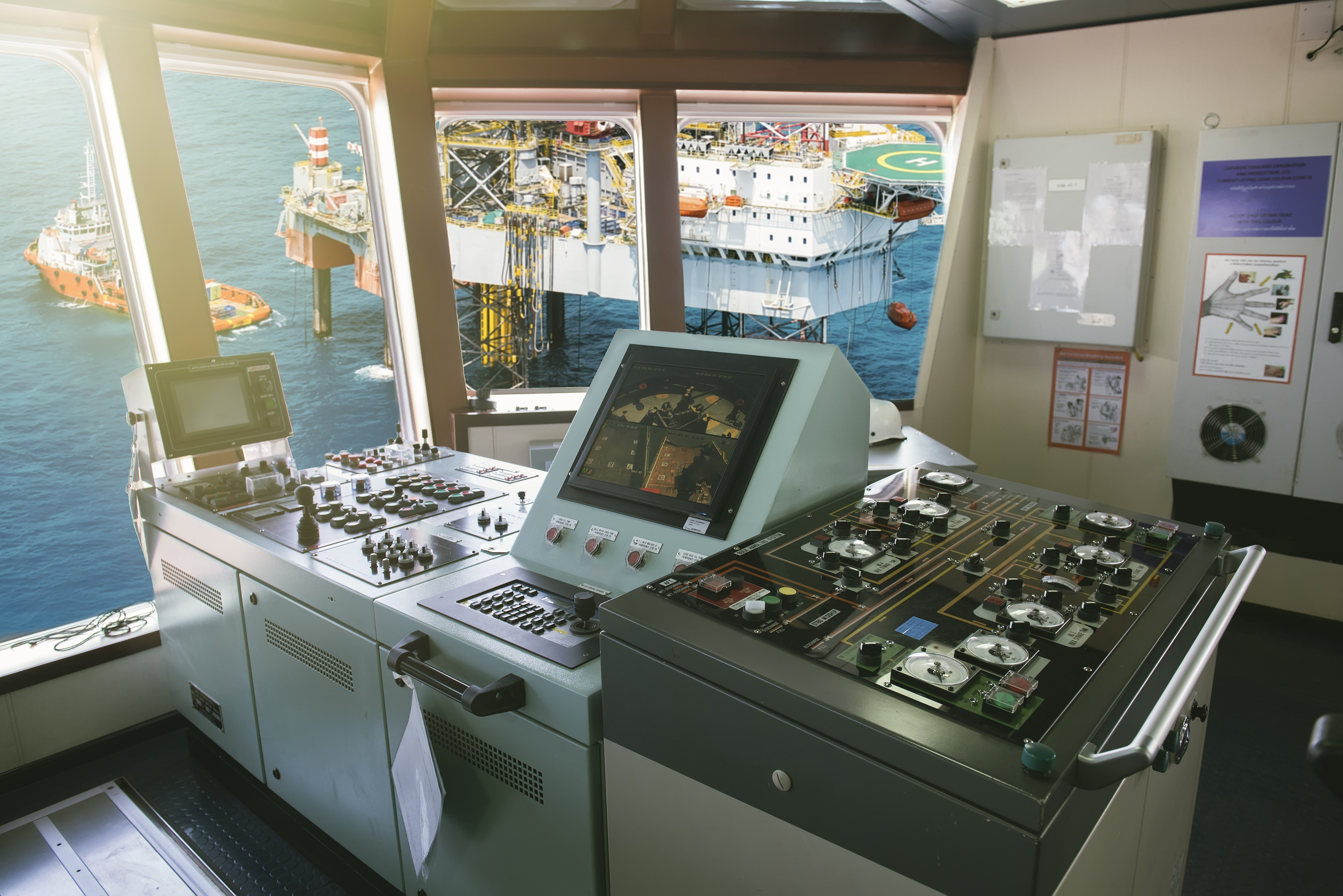Today’s petroleum industry is benefitting significantly with emerging surveillance, sensor and digital data processing technologies. Upstream research and economic analysis used for “next-field” determination, accessibility, and potential harvesting processes require extensive data collection, processing and analysis. Communication systems and data transfer is being accomplished using digital processors, and computers with extensive capability.
During exploration, for example, orbiting satellites using FLIR and Multispectral imaging analysis are sending data to surface level systems for mapping to help select new petroleum sites. High speed Gallium based sensor chips in the surveillance systems transfer information like, precision geophysical positioning, depth, chemical distribution data and even variations in density of materials of interest in the images. Throughout the petroleum sequence, high-speed electronics are changing system control methods from “Upstream” to “Processing”. The combination of using new sensor designs and actuators attached with miniature connector wiring is adding constant data saving time and money. New CMOS, sensors provide high-speed, low current and low voltage digital signals that are easy to transmit from down-hole or on-line processors to overall control centers.
Sensors and miniature circuit boards must often be squeezed into rugged and tight fitting positions and will be exposed to constant use in rugged environments. When simultaneous logging data and drilling, (LWD), is used to control bit direction and depth, the circuitry is housed immediately behind the bit for analyzes mud slurry and position. Immediate data is critical and is transferred up to controllers at the surface. Micro and Nano connectors and wiring routes massive amounts of data from deep inside the bit casing to give the operator above more accurate and timely data.
Nano-sized connectors and cable have become critical elements in interconnecting these sensors based monitoring systems. Benefits range from their rugged performance capabilities while reducing size and being rapidly adapted in contact format and shapes to match new designs. These connectors have years of proven down-hole performance and offer continuous data transmission integrity in operations up in the 200 degree centigrade range-of-use. Petroleum electronic applications requiring in-line signal routing, right-angle cable plugs and panel-mounted systems are environmentally sealed when necessary. Direct board mount connectors mating to in-line cable systems also help reduce space requirements while maintaining high reliability.
Additional focus on materials and design methods are often required. The main challenge is in size reduction of connector systems while maintaining the rugged requirements necessary for this industry. Connector contact design is a key element in vibration and electrical performance assurance. The spring pin and socket connector system has proven reliability over wide ranges of shock, vibration and thermal changes. Made of BeCu, (beryllium copper), with high tensile strength, at 17,200ksi, they easily withstand the rigors of use and abuse that is often experienced in the oil and gas work. The connector pin and socket elements are plated to Mil. B488-type II, Code C class 1.27. This requires a strong nickel plate barrier that is then plated with 50 micro-inches of gold. Then, the connector pin and socket elements are crimped to high temperature, (if required), Teflon® insulated wiring that is carefully laser stripped to avoid nicking miniature wiring without the need for solder. This provides the highest thermal performance. The wired elements are then inserted into miniature insulator housings of LCP, (liquid crystal polymer), and sealed in place with High Temperature epoxy when required. Additional metal shells are often added to support the structure to the cable, when needed to insure cyber and EMI protection shielding is added.
Miniature connector and cables are helping to add data and high-density interconnections to the increasing use of high-speed digital data from sensors and machine monitoring devices. Monitors for device position, to temperature, pressure and even chemical detection are offering data for automatic control with precision processing. A wide range of standard design high temperature connectors exist today. Many sizes and shapes have already been designed and tested to meet needs in oil and gas technology. When a new size or shape is needed, Omnetics offers fast-turn solid-modeling, 3-D fabrication equipment, and direct-linked CNC machinery that can speed things up significantly. Designers can begin by selecting the proven and established pin to socket elements used in today’s connectors or begin working directly on line with a solid modeling engineer to quickly layout a new model, size and shape to fit his equipment. When the design looks good, a 3-D model or a CNC device is made and sent to the designer to insure fit within his equipment. This method assures that new designs and assemblies can be completed very quickly and at significantly lower cost than before.
Omnetics and other connector companies are staffing rapid-turn prototype laboratories with technical specialists to leverage these new capabilities and satisfy these new interconnect challenges.
The sequence for new designs are straight forward.
- See standard that are available today and ask for samples.
- If needed, call and talk with sales or engineers about your unique needs.
- Build a solid model on line with the connector supplier.
- Make a quality and testing assurance list.
- Work with a qualified supplier from your industry



